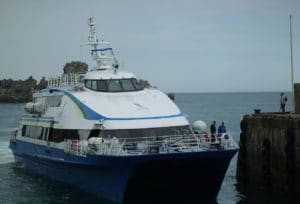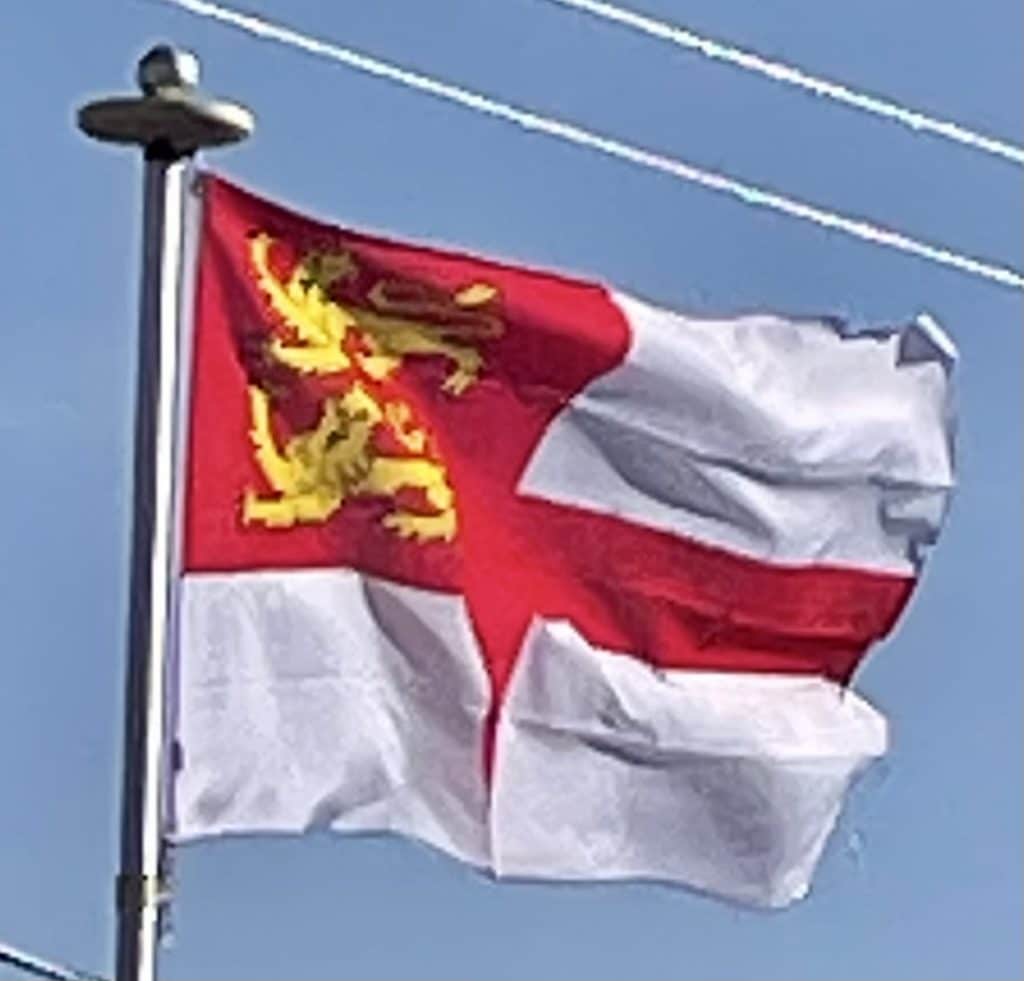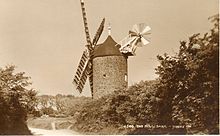In 2012 the BBC Today program reported on local disquiet about the influence on the island of David and Frederick Barclay, the billionaire brothers who own The Daily Telegraph. The New Yorker magazine further illustrated the ongoing and escalating tensions between the Barclays and some of the longer-term residents. In 2017 Private Eye also reported on the situation, following the Barclays’ decision to close their vineyard and a number of hotels and shops they own on Sark.
Geography:
Sark consists of two main parts, Greater Sark and Little Sark to the south. They are connected by a narrow isthmus called La Coupée which is 300 feet (91 m) long and has a drop of 330 feet (100 m) on each side. Protective railings were erected in 1900; before then, children would crawl across on their hands and knees to avoid being blown over the edge. A narrow concrete road covering the entirety of the isthmus was built in 1945 by German prisoners of war under the direction of the Royal Engineers. Due to its isolation, the inhabitants of Little Sark had their own distinct form of Sercquiais, the native Norman dialect of the island.
The highest point on Sark is 374 feet (114 m) above sea level. A windmill, dated 1571, is found there, the sails of which were removed during World War II. This high point is named Le Moulin, after the windmill. The location is also the highest point in the Bailiwick of Guernsey. Little Sark had a number of mines accessing a source of galena. At Port Gorey, the ruins of silver mines may be seen. Off the south end of Little Sark are the Venus Pool and the Adonis Pool, both natural swimming pools whose waters are refreshed at high tide.
The whole island is extensively penetrated at sea level by natural cave formations that provide unique habitats for many marine creatures, notably sea anemones, some of which are only safely accessible at low tide.
Economy:
Sark’s economy depends primarily on tourism and financial services.
Transportation:
The Isle of Sark Shipping Company operates small ferries from Sark to St Peter Port, Guernsey. The service takes 55 minutes for the 9 miles (14 km) crossing. A high-speed passenger ferry is operated in summer by the French company Manche Iles Express to Jersey. A 12-passenger boat, the Lady Maris II, operates regular services to Alderney.

The island is a car-free zone where the only vehicles allowed are horse-drawn vehicles, bicycles, tractors, and battery-powered buggies for elderly or disabled people. Electric bicycles were deregulated in the 2019 Midsummer Chief Pleas with the ordinance coming in to force on 4 July 2019. Passengers and goods arriving by ferry from Guernsey are transported from the wharf by tractor-pulled vehicles.
There is no airport on Sark, and flight over Sark below 2400 ft is prohibited by the Air Navigation (Restriction of Flying) (Guernsey) Regulations 1985 (Guernsey 1985/21). The closest airports are Guernsey Airport and Jersey Airport. Sark lies directly in line of approach to the runway of Guernsey airport, however, and low-flying aircraft regularly fly over the island.
Flag of Sark:
The flag of Sark is white with a red St. George’s cross and a red canton containing two yellow lions (or in heraldic terms “Leopards“). It was designed by Herbert Pitt in 1938 and adopted the same year as the personal standard of the Seigneur of Sark before becoming the island’s flag in 1987. The canton is similar to the arms of nearby Normandy, of which the Channel Islands were historically a part.

